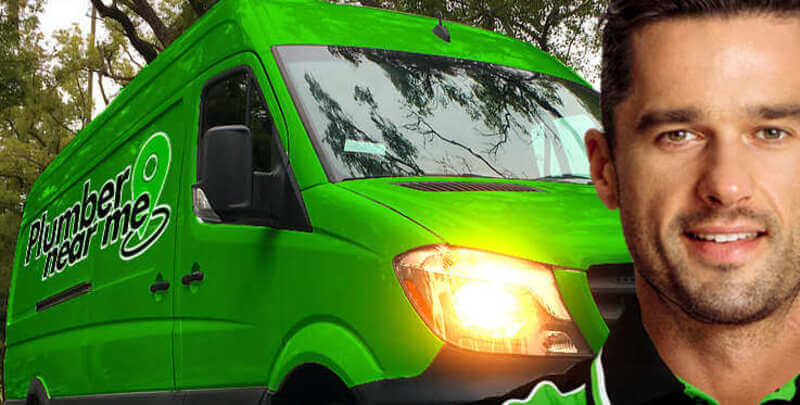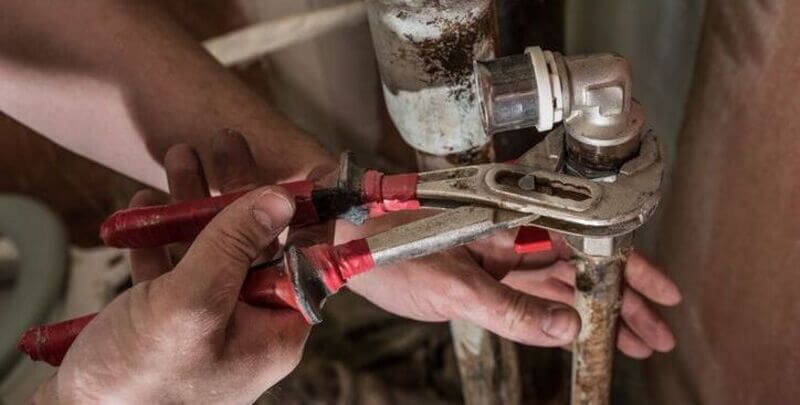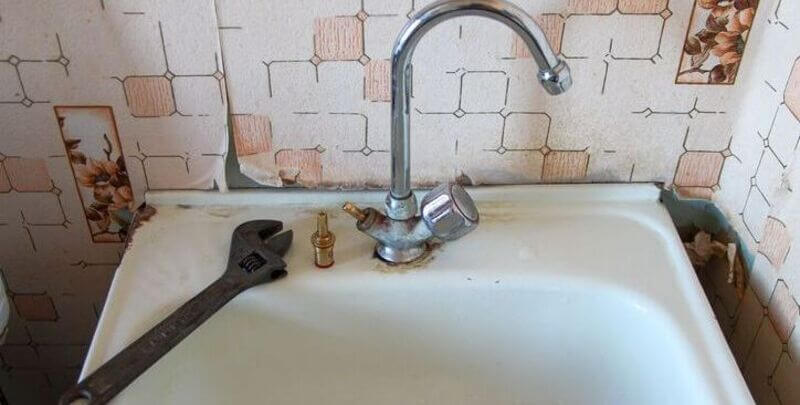
Common Plumbing Problems in Old Homes
Old homes possess a unique character and come with exciting narratives filled with history to cherish. However, like any good mystery, they have their challenges − one of them being old plumbing systems.
But don’t worry; we have all the details to help you solve these hidden plumbing puzzles. To crack the mystery, you need to know how to determine the age of your plumbing system.
A keen eye can easily spot hidden signs. Look for outdated materials or abnormal watercolours. Is that a rust stain in your sink?
These could be signs your old home has an ageing plumbing system. Make sure to fix all of these issues by relining pipes, replacing old parts, and cleaning and repairing them properly with the help of professional plumbers.
Identifying the Main Problems
Let’s dig deeper and identify some of the usual culprits.
- Galvanised pipes: Think “galvanised pipes” … and picturing an old-timey movie isn’t far-fetched. These pipes are notorious for problems over time, like pipe leaks, low water pressure or that unfortunate rusty watercolour. But why are they problematic? Over time, these galvanised pipes corrode, where our problems begin.
- Pipe bellies: Funny combination of words: Pipe bellies. But the problems they cause aren’t amusing. Pipe bellies are sagging pipes, often leading to slow drains and, even worse, a sewer backup. In older homes, they are more likely to pop up and wreak havoc.
- Sewer line problems: Now, let’s move on to sewer line issues. As homes age, so do sewer lines. They can break, slip, or get clogged. These problems can result in sewage backup or tell-tale patches of lush, green grass in your yard – a green signpost pointing to trouble lurking underground.
- Outdated fixtures: Early-generation toilets, non-water-saving washers and dishwashers. They can all significantly increase your utility bills. They also place unnecessary stress on our environment, and in an eco-conscious world, upgrading these outdated fixtures to modern appliances can make a significant difference.
The Importance of Regular Inspections
Owning an old house is like being entrusted with a precious piece of history, and with great charm comes great responsibility − especially when it concerns plumbing.
Bordering on the territory of art and science, plumbing in an aged home demands respect and unwavering attention. Regular inspections serve as a compass, guiding the ship of your home’s well-being through potential storms.
Here’s a walk through the vital world of old house plumbing, where being informed leads to being prepared.

Give Your System a Health Check
Regular plumbing inspections are like routine health check-ups for your property. They bring to light any minor issues before they escalate into expensive and potentially damaging problems.
- Preventive maintenance: Regular inspections can catch early signs of trouble like corrosion, leaks, or blockages. Rectifying these issues timely can extend your plumbing system’s life while saving significant long-term repair costs.
- Efficient performance: Inspections ensure all components work optimally, contributing to an efficient plumbing system. A well-maintained system reduces the risk of unforeseen issues disrupting your everyday life.
- Health and safety: Old pipes can sometimes lead to water contamination, risking the health of those using the property. Regular inspections check for such hazards, ensuring everyone’s safety.
- Property value: A property with a well-maintained and efficient plumbing system attracts more potential buyers or tenants, enhancing its market value.
Steps for Maintaining and Repairing Old Plumbing
Do you have some plumbing knowledge? Perfect! You can take steps to maintain and repair your old house and plumbing. Research, fix minor issues, and preserve those beautiful, old homes.
But remember, professionals have the right skills if things go sideways. Knowing when it’s time to call a plumber is crucial.
A Comprehensive Guide to Maintenance and Repairs
A homeowner should manage the property by maintaining and repairing old plumbing pipes and systems, which can be challenging.
However, professional help can simplify this process significantly. This post will serve as your knowledgeable ally and guide, breaking down the intricate nuances of professional plumbing maintenance and repair into easily understood steps.
Remember, we’re not just doling out advice; we’re helping you navigate a potentially daunting journey. Let’s get started.
Step 1: Inspection of the Plumbing System
A professional and certified plumber begins by thoroughly inspecting the building code’s existing plumbing system. This crucial first step helps them understand the overall layout of the pipes, their current condition, possible problems, and areas that are especially prone to deterioration.
They will look out for corrosion, leakages, unusual noises, hot water, slow drainage and water discolouration, among other signs of distress in the drinking water well. Afterwards, they provide a detailed analysis report, highlighting the areas that need attention.
Step 2: Regular Cleaning and Preventive Maintenance
Regular cleaning forms a fundamental part of maintaining old plumbing systems. Professionals use various techniques, including hydro jetting and enzyme drain cleaners, to eliminate clogs and ensure a smooth water flow from within the pipes.
Preventive maintenance, such as insulating pipes and checking for leaks, substantially enhances the system’s lifespan. By addressing issues before they escalate, professionals can assist in avoiding massive future damages.

Step 3: Repair and Replace
Inevitably, old copper pipes also will require repair or replacement. A professional plumber has the expertise to determine which option is best, depending on the extent and location of the damage.
Hiring professionals is important because of their expertise, and the government licences them. They have the knowledge that you need to solve your plumbing problems right away.
According to the National Centre for Vocational Education Research: “It is vital for plumbers to grasp the important legislation and regulations, as well as any applicable government incentives. A thorough understanding of product design and the ability to effectively negotiate with customers and vendors is necessary. To adequately prepare plumbers for the challenges they’ll face in their field, it is essential that their training encompasses all of these aspects.”
For minor damage, they might choose to repair or reinforce the pipe. However, they could recommend a complete replacement for widespread damage or heavily rusted and corroded plastic pipes anywhere. This decision would be made in consultation with you, highlighting the importance of hiring a service that prioritises communication, service lines and customer involvement.
Step 4: Regular Follow-Ups
Professional plumbers continue to repair or replace supply lines. They understand the importance of regular follow-ups to ensure water lines in the already serviced areas are holding up well and to keep a check on the remaining old plumbing.
Remember that maintenance of plumbing services is a continuous process, and even after professional repairs, it’s crucial to keep an open communication channel with your plumbing service for regular check-ins and improper maintenance.
The Essence of Maintenance and Upgrades
Owning an old home is like possessing a piece of history. It has its fair share of challenges, especially those old plumbing systems. Being aware of these common issues and taking proactive steps to maintain and sometimes upgrade your systems not only preserves your home but also saves you from unexpected hassles, bad repairs, cold showers, burst pipes and other expenses.
So, take this journey with us. Remember, you’re not just a homeowner but the caretaker of a slice of our collective past. Contact your reliable, professional plumbers for help fixing these plumbing problems and your old plumbing system will be flowing smoothly for years to come.
Please note: This information is provided for advice purposes only. Regulations differ from state to state, so please consult your local authorities or an industry professional before proceeding with any work. See our Terms & Conditions here.